TRANSFER FUNCTIONS
System analysis frequently reduces to the calculation of system outputs for given inputs. A convenient and powerful tool in such analysis is the transfer function, a function G(s) of the Laplace transform variable s that relates a particular input x(t) and output y(t) as follows,
where (_) denotes the Laplace transform (see See. 2.3). So long as x(t) and y(t) are Laplace transformable the transfer function defined by (3.2,1) exists. However, it will in general be a function of the initial values of у and its derivatives, and moreover, for nonlinear and time-varying systems, of the particular input x(t) as well. Such a transfer function is of relatively little use. We can however obtain a unique function G(s) if (i) the system is linear and time invariant, and (ii) it is initially quiescent, i. e. at rest at the origin in state space with no inputs. We shall therefore restrict ourselves in the following to this special situation. (A companion concept, the describing function, useful for nonlinear systems is described in Sec. 3.5.) With a unique transfer function, the output y(t) for any input x(t) is found by taking the inverse Laplace transform of
y(s) = ЩаЩа) (3.2,2)
The transfer function is thus seen to be the mathematical embodiment of all the system characteristics relevant to the particular input/output pair. For linear/invariant systems, we shall see below that the computation of G(s) is always possible in principle, and usually in practice.
When, as required above, x(t) and y(t) are zero for t < 0, the Laplace and Fourier transforms are simply related, i. e. x(ico) = X((o). It follows that
G(ia>) = (3.2,2a)
X(a>)
Sometimes it is G(ia>) that is called the transfer function.
With a multivariable system, there is more than one input/output pair. In that case, let G^s) be the transfer function that relates the output y((t) to the input x5(t). All the input/output relations are then given by
m
¥i(s) = 2 Ga(8) Vj(s) (3.2,3a)
3-1
or
У («) = вї(«) (3.2,36)
where
G = [<?„(«)] (3.2,3c)
is an n X m matrix associated with n outputs and m inputs. It need not be square since one output can be influenced by any number of inputs and vice versa. Note from (3.2,3a) that
![]()
|
|
|
|
|
|
|
|
|
|
|
|
|
|
 |
|
|
|
|
|
|
|
|
|
|
|
|
|
|
|
![]()
|
|
|
|||
|
|||||
|
|||||
|
|||||
|
|||||
|
|||||
|
|||||
|
|||||
|
|||||
|
|||||
|
|||||
|
|||||
|
|||||
|
|||||
|
|||||
|
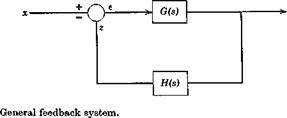
![]()













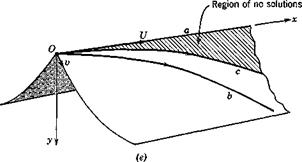
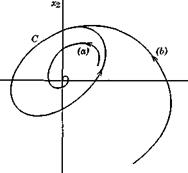


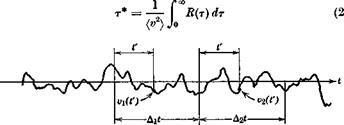





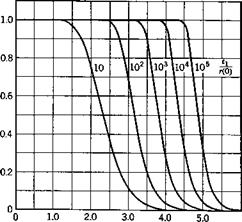
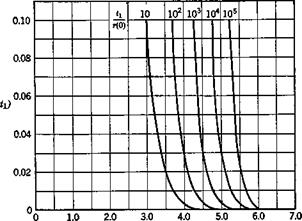
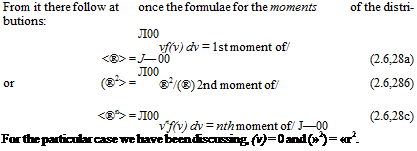
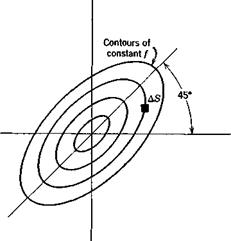

 M
M